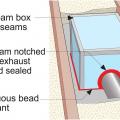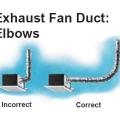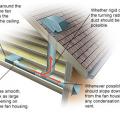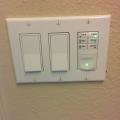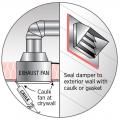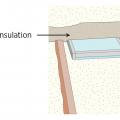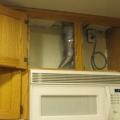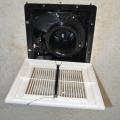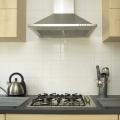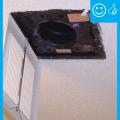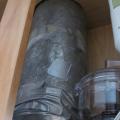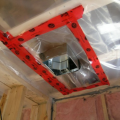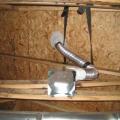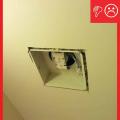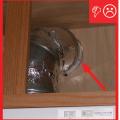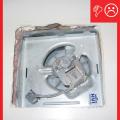Showing results 1 - 25 of 25
Air seal and insulate around the exhaust fan with a rigid foam box
Air seal around kitchen and bathroom exhaust fans to keep conditioned air from leaking into unconditioned space.
Allow two to three feet of straight duct run from the fan exhaust port to the first elbow
Bathroom exhaust fans are timer-operated to encourage removal of moisture from the home.
Caulk or foam seal between the exhaust fan housing and the ceiling gypsum; install a gasket or caulk around the exterior exhaust duct vent
Exhaust pipe should be made of smooth, rigid duct and any bends should be gradual, not sharp
Install the fan either in the range hood, the cabinet above the stove, or on the wall above the stove
Opening the outlet on a bath fan reveals model information and provides access to the motor
Right – Fan with a cleanly cut and properly sized hole has been air sealed to drywall
The exhaust fan housing may have holes that allow conditioned air to leak into the attic
The gap around this kitchen exhaust duct represents a significant source of air leakage to the unconditioned attic
The polyethylene ceiling vapor barrier is sealed to form an air barrier around the exhaust fan in this very cold climate location (≥ CZ 6).
Vent the kitchen fan exhaust directly to the outside, not into an attic, crawlspace, or space between floors
Wrong – Roughly cut hole that is larger than the fan, making it difficult to seal
Wrong – Roughly cut hole that is larger than the fan, making it difficult to seal
